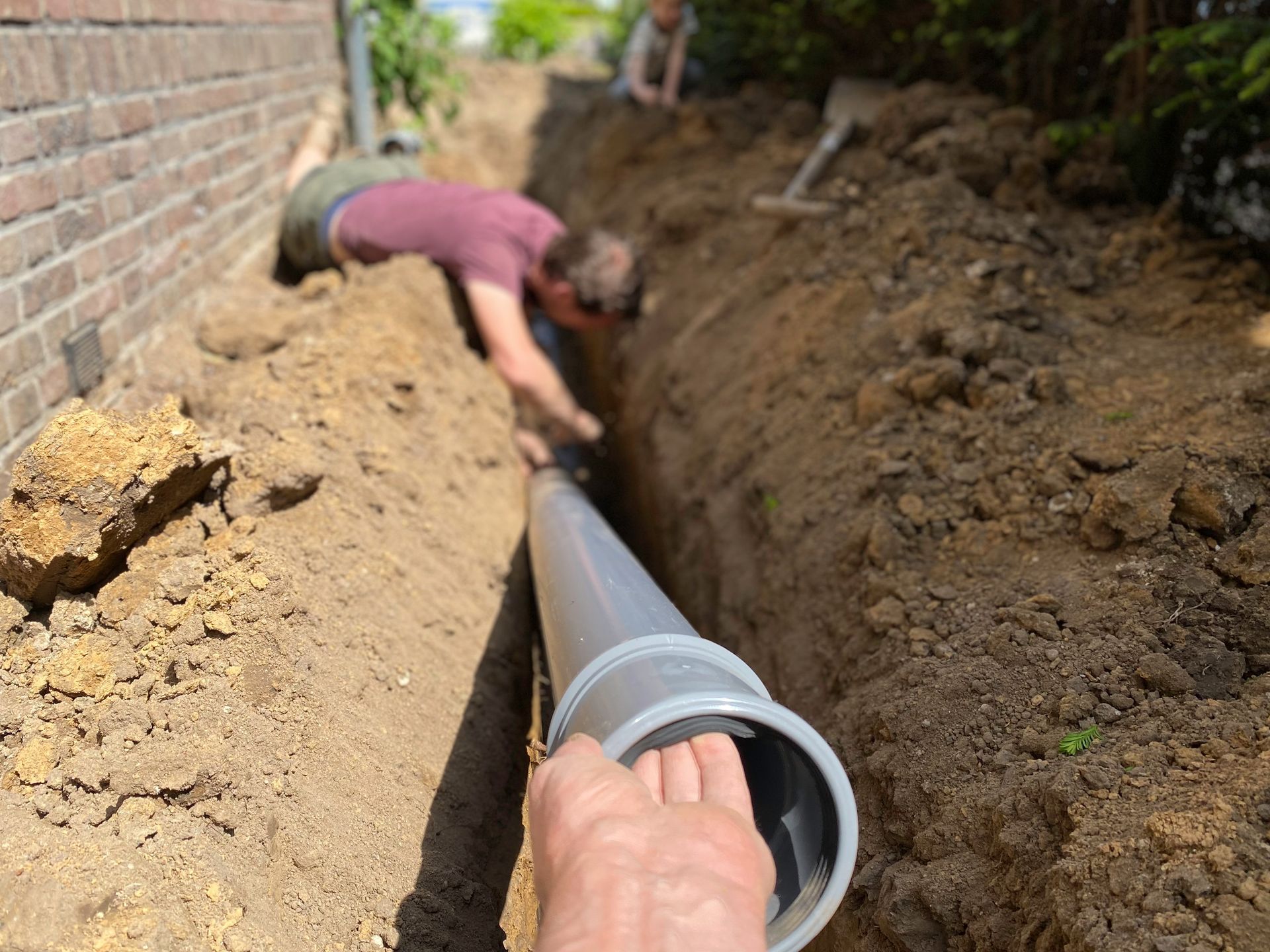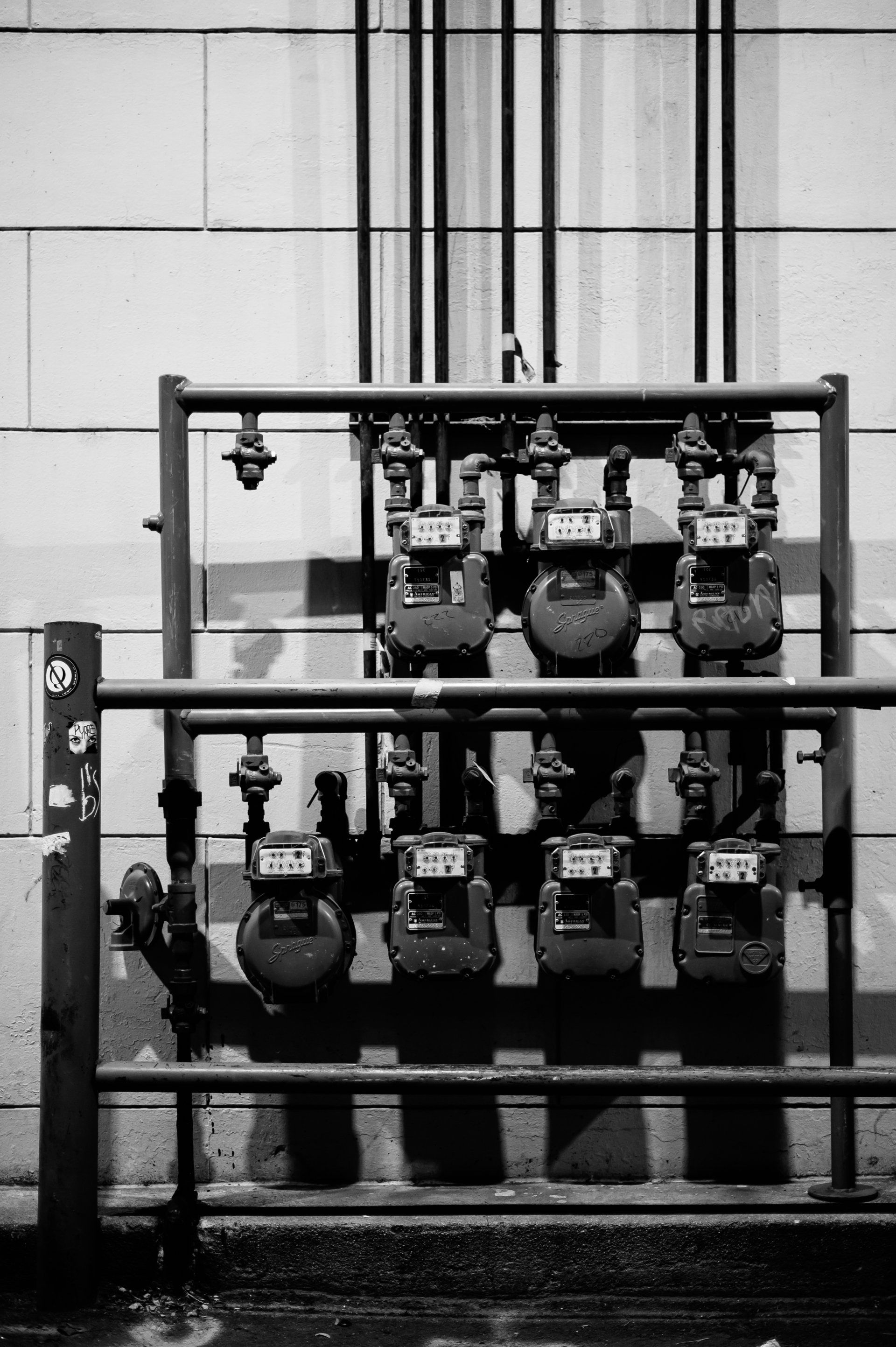Gas Tankless water heaters
Why More Homeowners Are Switching to Gas Tankless Water Heaters
Tired of running out of hot water halfway through your shower? That’s where gas tankless water heaters come in. Unlike traditional water heaters with bulky tanks, these compact systems heat water on demand—meaning you only use energy when you need it. They’re fast, efficient, and perfect for households that want endless hot water without the waste. Whether you live alone or with a big family, a gas tankless water heater adjusts to your needs while helping you cut down on energy bills.
Besides their energy-saving perks, gas tankless models are built to last—often over 20 years with proper maintenance. They also free up space in your utility area and reduce the risk of tank leaks or water damage. While the upfront cost may be a bit higher than a standard heater, the long-term savings and convenience often make it worth the investment. If you're thinking of upgrading your home’s water system, going tankless might just be the smart, modern move.
How to Upgrade to a Gas Tankless Water Heater (Without the Headache)
Thinking about switching to a gas tankless water heater? Learn how to choose, install, and maintain one in this beginner-friendly guide.
Why Go Tankless?
Have you ever run out of hot water during a shower—or while doing dishes—and thought, “There has to be a better way”? There is. Gas tankless water heaters are becoming a top choice for homeowners looking for energy efficiency, endless hot water, and a modern upgrade from bulky tanks. Whether you're remodeling or just fed up with your old heater, this guide walks you through what to expect when switching to gas tankless—and how to do it right.
Step 1: Understand How Gas Tankless Water Heaters Work
Unlike traditional heaters that store hot water in a large tank, tankless systems heat water instantly as it flows through the unit. When you turn on a hot water tap, cold water travels through a heat exchanger powered by natural gas or propane. The result? Hot water on demand, whenever you need it.
Benefits include:
- No waiting for a tank to refill
- Lower energy bills (since you're not heating water 24/7)
- Longer lifespan (20+ years with good maintenance)
- Space-saving design
Step 2: Decide If It's Right for Your Home
Before you install one, consider:
- Your household’s hot water usage (e.g., do you often run multiple showers or appliances?)
- Available gas supply and venting requirements
- Your budget—tankless units cost more upfront but save long-term
- Climate—in colder regions, flow rates might be slightly lower
A licensed plumber or HVAC specialist can evaluate your home to ensure it’s compatible and recommend the right unit size.
Step 3: Choose the Right Unit
Gas tankless water heaters are sized based on flow rate (measured in gallons per minute or GPM) and temperature rise. Here’s a rough guide:
- 1–2 bathrooms: 6–8 GPM
- 3+ bathrooms: 9+ GPM
Look for features like:
- Condensing vs. non-condensing (condensing is more efficient)
- Built-in recirculation pumps for faster hot water
- Wi-Fi connectivity for smart control and diagnostics
Top brands include Rinnai, Noritz, Navien, and Rheem.
Step 4: Professional Installation
Installing a gas tankless water heater isn’t a DIY project for most homeowners. It typically involves:
- Gas line upgrades
- Venting to the outside
- Plumbing modifications
- Permits
Expect installation to take 1 day and Always hire a licensed technician to ensure safety and compliance with local codes.
Step 5: Maintenance Tips for Long Life
To keep your unit running efficiently:
- Descale annually (especially in areas with hard water)
- Clean the filter and air intake every few months
- Flush the system as recommended by the manufacturer
- Schedule a professional inspection once a year
With proper care, your unit could last 20 years or more—far outpacing a traditional tank.
Conclusion: A Smarter Way to Heat Water
Switching to a gas tankless water heater can feel like a big step—but for many homeowners, it’s a worthwhile upgrade. From lower energy bills to never running out of hot water, the benefits are hard to ignore. With the right planning and installation, you’ll enjoy efficient, on-demand hot water for years to come.
You might also like
Reliable Plumbing Plus Expert Tips




